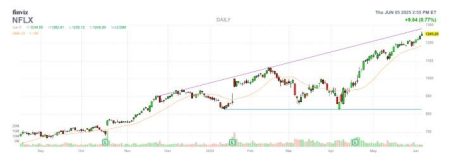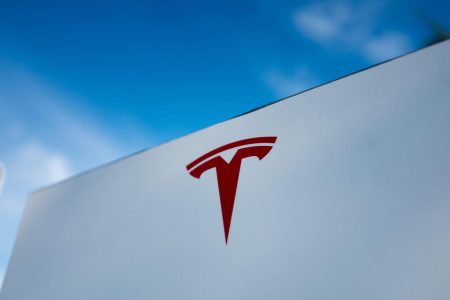Steve Cohen’s record-breaking $765 million, 15-year contract for Juan Soto has sent shockwaves through Major League Baseball, underscoring a new era of financial power dynamics in the sport. Cohen, whose $21.3 billion net worth dwarfs other MLB owners, has demonstrated a willingness to leverage his personal fortune to propel the New York Mets into contention, seemingly unconcerned with the traditional financial constraints that govern most teams. This unprecedented deal, exceeding Shohei Ohtani’s $700 million contract with the Dodgers in both total value and average annual salary, solidifies Soto’s position as the highest-paid player in baseball history and marks a bold statement of intent from Cohen. While the Mets’ revenue pales in comparison to rivals like the Yankees and Dodgers, Cohen’s vast wealth, accumulated through his success in the hedge fund industry, allows him to absorb significant financial losses in pursuit of a championship. This financial muscle allows him to circumvent the competitive balance tax, a mechanism designed to level the playing field, transforming it into a mere inconvenience rather than a deterrent.
The Mets’ pursuit of Soto highlights the escalating financial arms race in baseball, driven by the absence of a salary cap. Unlike other major American sports leagues, MLB operates without a hard cap on team payrolls, allowing wealthy owners like Cohen to outspend competitors and assemble star-studded rosters. The competitive balance tax, intended to curb excessive spending, has proven largely ineffective in restraining teams with deep-pocketed owners. The Mets, with a payroll consistently exceeding $300 million, have incurred substantial tax penalties, but these amounts are negligible to Cohen, whose financial resources provide him with unparalleled flexibility in the player market. This financial asymmetry raises concerns about competitive balance within the league, as teams with limited resources struggle to keep pace with the spending power of financial behemoths like the Mets, Dodgers, and Yankees.
Cohen’s acquisition of Soto reflects a broader trend in baseball toward prioritizing star power and immediate success, even at the expense of short-term profitability. The 2024 World Series matchup between the Dodgers and Yankees, two of the highest-spending teams in the league, reinforces the notion that investing heavily in top talent translates to on-field success. This strategy, while potentially leading to operating losses, can ultimately enhance a team’s brand and long-term value, as demonstrated by the Yankees’ ascent to become the most valuable franchise in baseball under the late George Steinbrenner’s free-spending approach. Cohen, a lifelong Mets fan, appears determined to replicate this model, aiming to transform the Mets into a perennial contender and restore the franchise’s former glory.
The Soto signing also represents a symbolic shift in the New York baseball landscape. Historically overshadowed by the Yankees, the Mets, under Cohen’s ownership, are asserting themselves as a major force, both on and off the field. By outbidding the Yankees for Soto, a player instrumental in their 2024 World Series run, Cohen sends a clear message that the Mets are no longer content to play second fiddle in the city. This aggressive pursuit of top talent, coupled with Cohen’s willingness to absorb financial losses, has energized the Mets fanbase and instilled a renewed sense of optimism for the future. The rivalry between the Mets and Yankees, long dormant, has been reignited, promising a compelling new chapter in New York baseball history.
The long-term implications of Cohen’s spending spree remain to be seen. While the Mets are undoubtedly more competitive in the short term, the sustainability of this model is questionable. The lack of a salary cap allows for unprecedented financial maneuvering, but it also creates the potential for unsustainable spending practices. Furthermore, the success of this strategy hinges on the performance of these high-priced acquisitions. Should Soto and other star players fail to deliver championships, the financial burden of these contracts could become a significant drag on the franchise. Nevertheless, Cohen’s approach has undeniably shaken the foundations of baseball economics and sparked a debate about the future of the sport’s financial landscape.
Despite the potential financial risks, Cohen’s investment in Soto has already generated excitement and anticipation among Mets fans. The team wasted no time capitalizing on the buzz surrounding the signing, immediately offering single-game tickets for the 2025 season. This move suggests that while Cohen may be unconcerned with short-term profits, he is still mindful of maximizing revenue opportunities. The Soto signing represents a high-stakes gamble for Cohen and the Mets, but one that has the potential to reshape the balance of power in baseball and bring a long-awaited championship to Queens. The success or failure of this gamble will undoubtedly be closely scrutinized for years to come.










